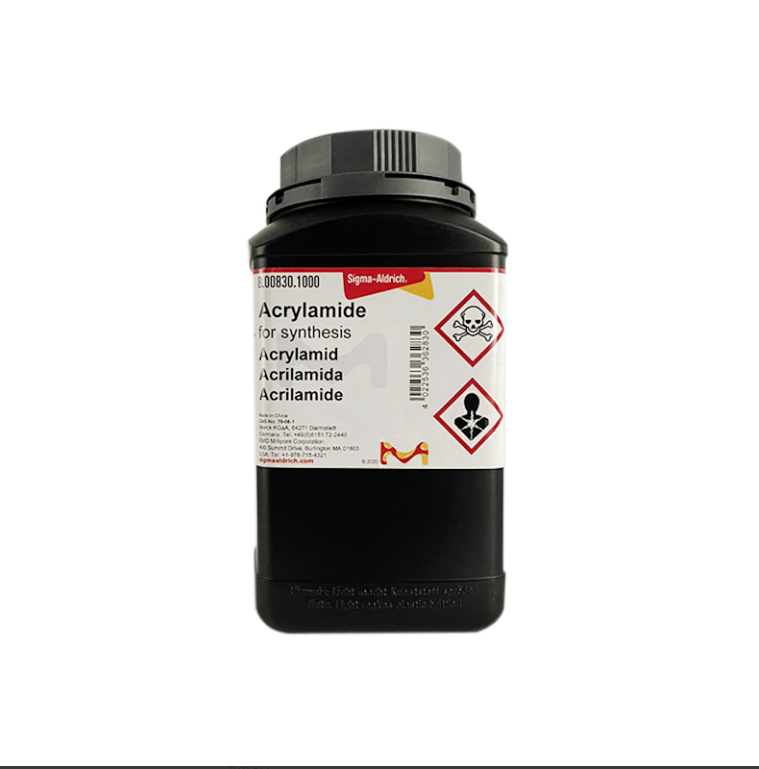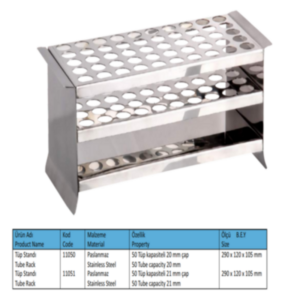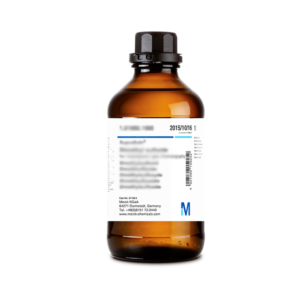| Hazard Pictogram(s) |


|
| Hazard Statement(s) |
H340: May cause genetic defects.
H350: May cause cancer.
H301: Toxic if swallowed.
H312 + H332: Harmful in contact with skin or if inhaled
H315: Causes skin irritation.
H317: May cause an allergic skin reaction.
H319: Causes serious eye irritation.
H361f: Suspected of damaging fertility.
H372: Causes damage to organs through prolonged or repeated exposure. |
| Precautionary Statement(s) |
P201: Obtain special instructions before use.
P280: Wear protective gloves.
P302 + P352: IF ON SKIN: Wash with plenty of soap and water.
P305 + P351 + P338: IF IN EYES: Rinse cautiously with water for several minutes. Remove contact lenses, if present and easy to do. Continue rinsing.
P308 + P310: IF exposed or concerned: immediately call a POISON CENTER or doctor/ physician. |
| RTECS |
AS3325000 |
| Storage class |
6.1C Combustible, acute toxic Cat.3 / toxic compounds or compounds which causing chronic effects |
| WGK |
WGK 3 highly water endangering |
| Disposal |
9
Carcinogenic compounds and flammable compounds labelled “Highly toxic” or “Toxic”: container F. Alkyl sulfates are carcinogenic; Take particular care to avoid inhalation and skin contact. To neutralize alkyl sulfates, add dropwise (from a dropping funnel) to concentrated ice-cool Ammonia solution (Cat.No. 105426) with vigorous stirring. Before placing in container D, check the pH with pH Universal indicator strips (Cat.No. 109535). |





 Toxic
Toxic

Reviews
There are no reviews yet.